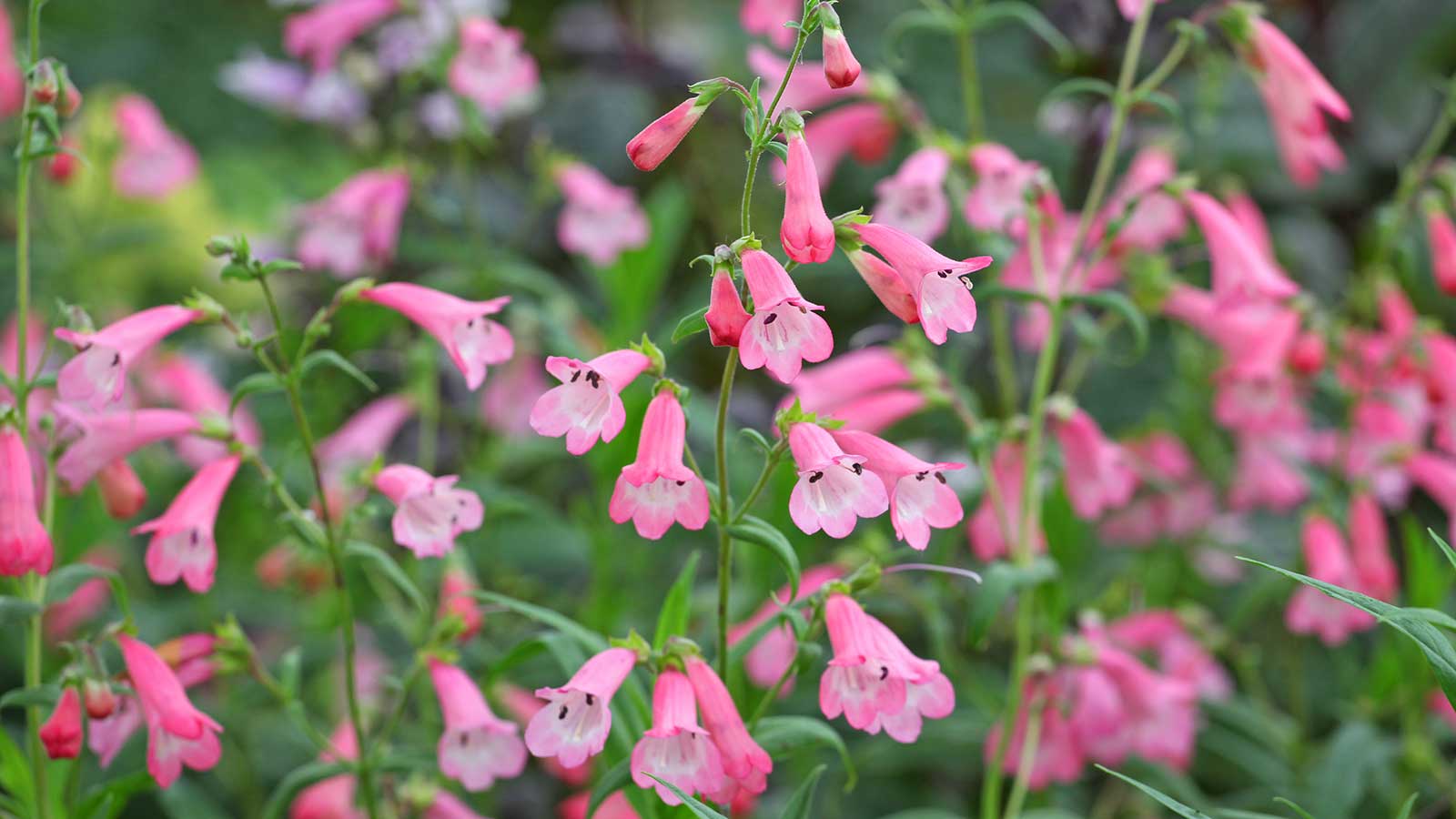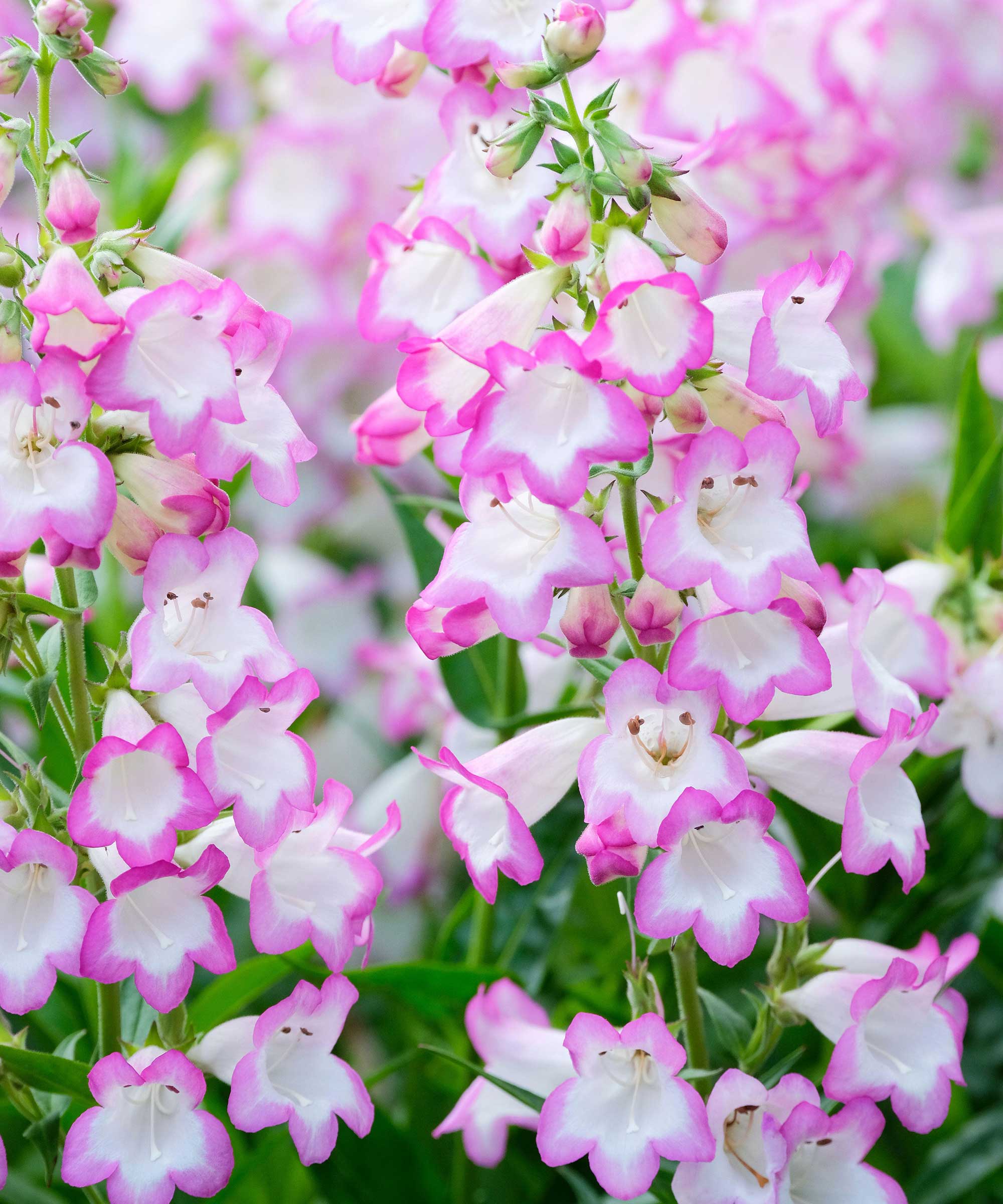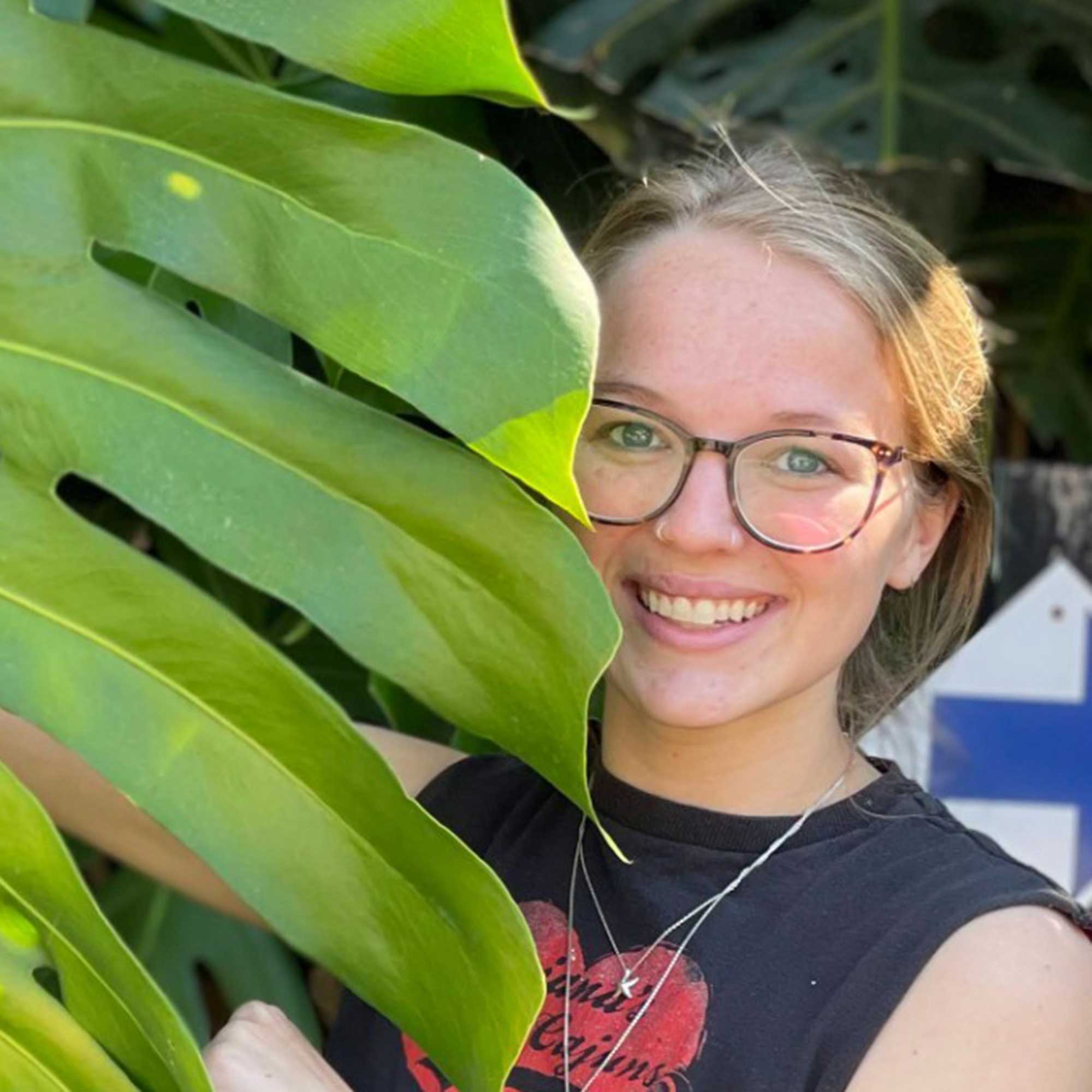How to deadhead penstemon – gardening pros share tips for tidying up beardtongue
Help these pretty plants bloom for longer with this simple task


Q: I am growing some penstemon plants (also known as beardtongue) in my backyard and they are blooming beautifully. However, some of the flowers have now passed their prime and are brown and wilted. Should I cut them back?
A: Penstemons bring color and height to borders with their vibrant flower spikes, which inevitably fade over time, as you've seen. Rather than leaving these spent blooms, which can spoil the look of your garden display, you can snip them off – a process known as deadheading. This isn't just beneficial in terms of aesthetics; there are other plus points to this simple task, too.
As with most gardening jobs, technique and timing are key for the best results. Below, gardening experts share their insights, so you can get the most from these pretty summer flowers.

The 'Pensham Laura' penstemon has beautiful bell-shaped blooms
How to deadhead penstemon plants in your yard
Whether growing your penstemon in containers or flower beds, try these tips to keep them looking gorgeous.
The benefits of deadheading penstemon

Penstemon flowers will turn brown and crispy over time
Naturally, removing spent flowers creates a tidier look for your plants. But there are other reasons to tick this task off your list.
Gardening expert Tony O'Neill says that removing spent blooms can help prevent diseases that might otherwise occur due to decaying plant material. Kiersten Rankel from plant-care app Greg adds how it also prevents them from setting seeds, which can help conserve energy for growth and future blooming. In many varieties of penstemon, giving them a trim will encourage another flush of flowers later in the season, just like when deadheading phlox.
Tony says, 'In my own garden, regular deadheading of penstemons has made a significant difference in their blooming period. I’ve noticed that the plants continue to produce vibrant flowers well into late summer, creating a lush and colorful display. It’s a simple task that reaps big rewards in terms of plant health and garden aesthetics.'
Design expertise in your inbox – from inspiring decorating ideas and beautiful celebrity homes to practical gardening advice and shopping round-ups.

Tony O'Neill is a gardening expert, best-selling author, and educator. With a thriving YouTube channel boasting 434,000 subscribers and over 1.4 million monthly views, along with his award-winning website Simplifygardening.com, he shares his passion for gardening and sustainability. He has authored Simplify Vegetable Gardening, Composting Masterclass, and Your First Vegetable Garden, empowering individuals to cultivate their own green spaces.

Kiersten Rankel is a certified Louisiana Master Naturalist and regularly volunteers with local community gardens and nonprofits to help restore critical ecosystems along the Gulf Coast. She earned her master's degree from Tulane University in Ecology and Evolutionary Biology after her undergraduate degree in Environmental Biology, also from Tulane. In her spare time, she enjoys hiking and tending to her 150+ houseplants and vegetable garden.
When to deadhead penstemon

The striking purple and blue 'Sour Grapes' penstemon
Brock Ingham of Bigger Garden recommends deadheading penstemon regularly throughout the blooming season, which usually runs from late spring to late summer or even early fall. 'Wait until you see the flowers starting to fade and wilt before you start deadheading,' he adds.
You can deadhead dianthus, coneflowers, and many other summer-flowering perennials at a similar time.

Brock is an experienced gardener who is studying to become a horticultural expert. With over a decade of experience, he has become gifted at growing a variety of unique and rare plants. He's also a strong advocate for farmers and knows that behind every crop, there's a farmer with a story to tell.
How to deadhead penstemon

Cut back the flower stem once the blooms have faded
Once most of the flowers on a flower stem have gone over, you can cut the whole stem back to a healthy set of leaves. 'Just be careful not to remove more than a third of the plant at once, or you could stress it out,' warns Victoria Cummins of PlantWhisperer.
'While you're at it, take the opportunity to remove any dead or yellowing leaves,' adds Kiersten. 'After deadheading, the plant will usually produce new flowering stems within a few weeks.'
Towards the end of the growing season, don't be tempted to cut back all the foliage. Leaving some intact will help to protect the plants over winter. In early spring, after the danger of frost has passed, you can give your plants a more thorough prune by cutting back any remaining old growth. 'This rejuvenates them for the upcoming season,' Victoria says.
Top tip: If you have time, and your penstemon is in a prominent position such as a patio pot, you may wish to pick off dead flowers individually from the stem as they occur, leaving the vibrant ones. Then, cut back the whole flower spike when it's past its best.

Victoria Cummins, a senior editor at PlantWhisperer and a gardening expert, specializes in permaculture. Her work focuses on building soil quality, cultivating fruit trees, and wild harvesting. Collaborating with homeowners, landowners, farmers, gardeners, and communities, she dedicates her expertise to healing landscapes and enhancing food production to create resilient, sustainable environments.
FAQs
What tools should you use to deadhead penstemon?
A good pair of sharp and clean pruning shears is ideal for snipping back flower stems. 'It's always a good idea to clean your tools between plants to prevent the spread of diseases,' Kiersten notes.
Should you deadhead all the flowers from your penstemon?
Removing all the flowers from your penstemon can be a deadheading mistake if you want more plants for free. As Kiersten points out, leaving the final flush of blooms at the end of the season allows the plant to set seed, which can be collected for propagation or left for natural reseeding.
While trimming back faded blooms is worthwhile for many garden plants, there are some flowers you should never deadhead, as our dedicated guide explains.

Holly started writing about gardening five years ago, and she is a regular contributor to Homes & Gardens. She has also written many gardening features for Woman & Home and Real Homes, too. She has previous experience as a professional gardener, where she helped to plant and maintain private gardens. Holly has also looked after allotment plots over the years and loves to grow her own flowers and veggies from seed. In her spare time, she enjoys visiting local gardens, botanical drawing, and tending to her ever-growing collection of houseplants.
